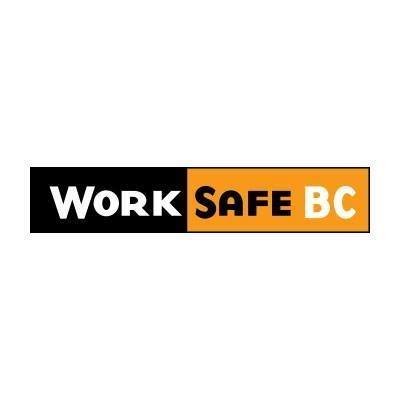Last year in B.C., 161 workers lost their lives due to workplace injury and illness.
National Day of Mourning is observed every year on April 28 across Canada. Workers, families, employers, and others across British Columbia come together to remember those that lost their lives on the job, and to renew a commitment to creating healthy and safe workplaces.
Today over a dozen ceremonies resumed in person, after holding virtual ceremonies for the past two years due to the COVID-19 pandemic. The Vancouver ceremony is at Jack Poole Plaza starting at 10:30 a.m. and is jointly hosted by the B.C. Federation of Labour, the Business Council of British Columbia, Vancouver & District Labour Council, and WorkSafeBC.
In 2021, workplace injuries and illness claimed the lives of 161 workers. Ninety-nine workers lost their lives due to occupational disease, with 53 of those deaths caused by exposure to asbestos, often decades ago. In addition, 47 workers were killed as a result of a traumatic workplace injury; 15 workers died from a motor vehicle incident; and 13 workers lost their lives due to COVID-19.
Many students across the province are taking part in the Day of Mourning B.C. Schools Project. In its seventh year, this curriculum is aimed at educating students and young workers about their health and safety rights at work.
The Canadian Labour Congress held the first National Day of Mourning ceremony in 1985, making Canada the first country to formally commemorate workers killed in the workplace. In 1991, the federal government passed the Workers Mourning Act, and the following year, British Columbia proclaimed April 28 as the Day of Mourning. Today, it is recognized in 100 countries around the world.
Quotes:
Harry Bains, Minister of Labour:
“The Day of Mourning is a time to reflect on each and every worker lost and I offer my sincere condolences to their families, friends, and co-workers. Even one injury or death is one too many. Today, we recommit to creating an enduring culture of safety in workplaces, strengthening standards and enforcement, and fully supporting all those impacted by these tragedies.”
Laird Cronk, President, BC Federation of Labour:
“On April 28, as we gather to mourn and remember, we also commit to action: to making workplaces safer and to holding those responsible for worker death and injury to account. For the past two years, working people have been putting themselves on the line to get our province through this pandemic. We owe it to them — and to their families — to ensure every one of them comes home safe and healthy at the end of the working day. »
Greg D’Avignon, President and CEO, Business Council of British Columbia:
“On the National Day of Mourning, we gather to reflect on those individuals who lost their lives or were injured in the workplace. Together as businesses, labour, government and workers we must ensure safety is a core value in all workplaces across our economy. Most importantly, we need to act on these values everyday where we all have a role to play to prevent workplace accidents and ensure that all workers go home safely at the end of each day.”
Anne Naser, President and CEO, WorkSafeBC:
“The Day of Mourning is a time to remember that the key to healthy and safe workplaces lies in joint action that involves everyone: employers, workers, supervisors, and other stakeholders. We all have a role to play, and when we work together to fulfill our responsibilities, we reduce the risk of injury, illness, and death. Workers have the right to a healthy, safe, and respectful workplace, and employers have the responsibility for creating it.”
Stephen von Sychowski, President of the Vancouver & District Labour Council:
“On this National Day of Mourning we once again mourn for the dead and renew our fight for the living. Too many workers went to their jobs last year and did not come home. Families, communities, and co-workers are left behind to cope with unimaginable trauma and loss. We must do everything we can to ensure that every worker goes home safely at the end of their shift.
COVID-19 also continues to pose a threat, especially to frontline workers, which is a fact we all must keep in mind when considering the policies and safeguards that need to be in place, as well as our own personal actions.
Today is a reminder of the importance of education and awareness, of exercising our rights, and of making good on our responsibilities, but also of ensuring robust enforcement. This must include the utilization of the Westray Law, which makes it possible to prosecute corporate criminal negligence. Investigation and, where applicable, prosecution, will help build a culture of accountability that can save lives. Kill a worker, go to jail. »
More Information
About WorkSafeBC
WorkSafeBC engages workers and employers to prevent injury, disease, and disability in B.C. When work-related injuries or diseases occur, WorkSafeBC provides compensation and support to people in their recovery, rehabilitation, and safe return to work. We serve approximately 2.3 million workers and 255,000 employers across B.C.
For more information, contact:
Media Relations, WorkSafeBC
Email: media@worksafebc.com
Tel: 604.276.5157
Rob Cottingham
BC Federation of Labour
Email: rcottingham@bcfed.ca
Source: WorkSafeBC


